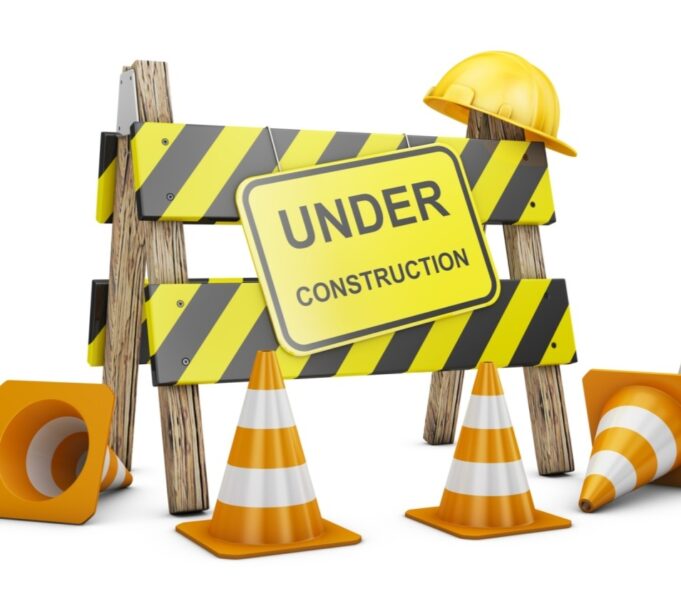One of the greatest challenges HOAs periodically face is major reconstruction. Whether a new roof, balcony rehabilitation or other major repairs, the typical volunteer board and professional manager are not regularly involved in hiring for such work. Therefore, many potential pitfalls can contribute to extra costs or risks. Before sending the contract to legal counsel for review, consider these 12 planning tips.
What does the HOA need?
HOAs often ask bidders to recommend the association’s “scope of work,” meaning the description of the work, and “specifications,” the specific materials to be used. While contractors usually prepare proposed scopes of work and specifications without charge, if multiple bidders are involved it is critical that there be a consistent scope and specifications or the bids can’t be properly compared to each other.
Consultants.
Qualified consultants can advise the HOA regarding scopes of work and specifications, the form of the contract arrangement, bid evaluation, and responding to contractor requests for extra money. Such consultants typically charge by the hour and act as the HOA’s customer advocate during the project. Many HOAs would benefit greatly from such help.
What kind of contract price?
A fixed-price bid is only one type of payment arrangement. Depending upon the circumstances, a contractor might be hired on a “cost-plus” basis, in which the actual costs of the work are marked up by an agreed percentage. Another type of arrangement is “time and materials,” in which the contractor charges an hourly rate for their labor and is reimbursed for the cost of the materials provided (with or without markups).
Lowest bid?
The cost of a project involving risks of substantial hidden damage (dry rot or termite, for example) may be very difficult for contractors to estimate and could drive up the bid price. In that situation, a “cost-plus” arrangement might prove better for both sides, since the contractor is not locked into a fixed price and so would not need to pad their price for protection against further complications. Payment schedule.
Contractors often propose payment schedules based on a percentage of completion. However, how does the HOA know if the quoted percentages are accurate during the ongoing project? Seek more definite payment signposts vs. the percentage of completion.
Test project.
In projects involving repetitive work such as decks or balconies, paying the contractor on a cost-plus basis for the first location may enable a solid fixed unit price for the other locations. Licenses – mandatory. Disqualify contractors without the right license for the job, or if their license number doesn’t match their business name.
Check licenses at www.cslb.ca.gov.
Financing.
If a bank loan or special assessment is the source of the funds, be careful about signing a repair contract before the money is in hand. Project budget. Consider other costs of the project, including a contingency line item in the HOA’s budget. Quality control. Spending more money upfront for the consultant to spot-check the contractor’s work may save money and headaches in the long run. Other planning considerations.
What will be the hours of work allowed?
Is a place needed for storing materials? How will residents be advised of work starting on their building or street? “Measure twice… and cut once,” is the old construction saying.
Good advance planning is always better than undoing mistakes. Kelly G. Richardson is a Fellow of the College of Community Association Lawyers and Partner of Richardson Ober DeNichilo, a law firm known for community association advice. Submit questions to Kelly@rodllp.com .
Related Articles Real estate news: Dunn and Haddad to be inducted into homebuilders’ Hall of Fame 10 price records mark Southern California’s busiest housing market in 15 years Mortgage rates surge for 4th week before Fed hikes New HOA questionnaire could torpedo condo financing under Fannie, Freddie How a newfound love of old things can warp a home sale
Written By Kelly G. Richardson for The OC Register











